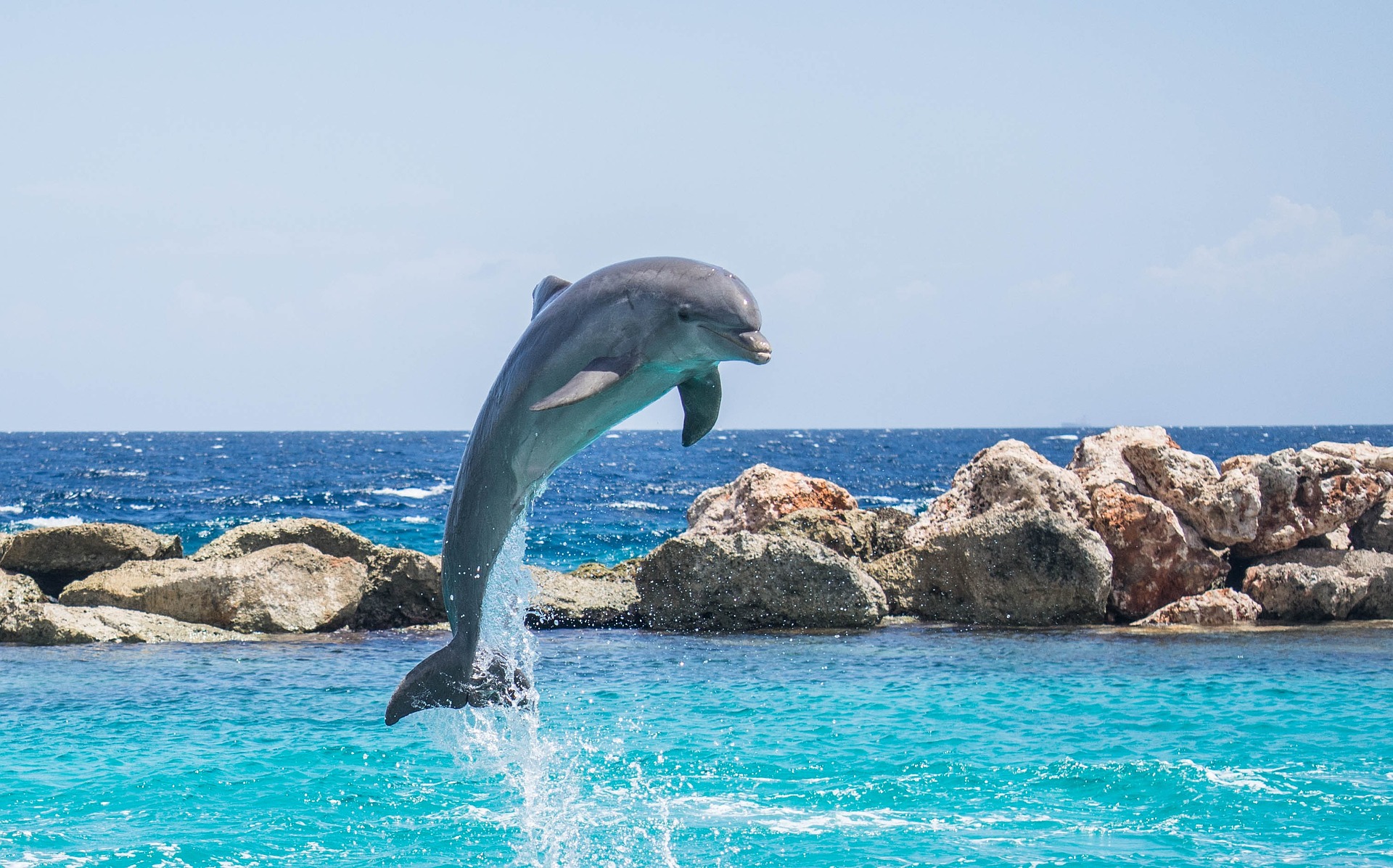Dolphins are fascinating creatures, often seen gliding through the water with ease. But can dolphins breathe underwater?
This simple question piques the curiosity of many, and the answer is no. Dolphins cannot breathe underwater because they are mammals, not fish, and require oxygen from the air to survive. Dolphins have captivated our imagination with their intelligence and playful nature.
These marine mammals share an environment with fish yet differ significantly in how they breathe. Unlike fish, which take in oxygen from the water through gills, dolphins must come to the surface to breathe air through their blowholes. This adaptation raises intriguing questions about their underwater behavior, how long they can stay submerged, and what unique techniques they’ve developed to thrive in aquatic habitats. The question itself is a doorway to exploring the remarkable adaptations and the environment dolphins inhabit. Join us as we dive into the world of dolphins, uncovering the mysteries of their breathing habits and learning how these incredible animals have adapted to life in the ocean’s depths.
The Fascinating World Of Dolphins
Dolphins are amazing swimmers. They can’t breathe under water. They must come up for air. They have a special hole on top of their heads. This hole is called a blowhole. When dolphins need air, they swim to the water’s surface. They open their blowhole to breathe in.
Dolphins have strong tails. Their tails help them swim fast. They move up and down to push through the water. Their fins help them turn and stop. Dolphins are mammals, like us. They give birth to live babies. They feed their young milk.
Let’s talk about how dolphins stay underwater. They can hold their breath for a long time. They slow down their heart rate. This lets them save oxygen. Dolphins can stay underwater for up to 15 minutes. But, they usually come up for air every two or three minutes.

Credit: www.youtube.com
Breathing Techniques Of Marine Mammals
Dolphins cannot breathe underwater. They must come to the surface to get air. They do this often. Dolphins breathe through a blowhole on top of their heads. This is not like fish gills. Fish gills take oxygen from water. Dolphins’ blowholes are like noses for us.
When a dolphin comes up for air, it quickly breathes out. Then, it breathes in fast. This happens in seconds. The blowhole then closes tightly to keep water out. This way, dolphins can swim and dive without water getting in.
Busting The Myth: Can Dolphins Breathe Underwater?
Dolphins are not fish. This is important to know. Fish breathe underwater, but dolphins cannot. Dolphins are mammals, just like humans. This means they need air to breathe.
Dolphins come to the surface to breathe air. They have a special hole on top of their heads. It’s called a blowhole. Through this, they take in air and breathe out.
So, dolphins cannot breathe underwater. They hold their breath when they dive. They can do this for up to 15 minutes. But, they must come up for air after that. This shows how different dolphins are from fish. Fish use gills to get oxygen from water. Dolphins cannot do this.

Credit: 2seewhales.com
Living Beneath The Waves: Dolphin Behavior And Ecology
Dolphins are smart sea animals. They can’t breathe underwater like fish. They must come up for air often. Dolphins have a strong social life. They talk with clicks and whistles. Dolphins dive deep, but not for too long. Most stays are short, just a few minutes. Long dives are rare. They can dive over 1,000 feet deep. That’s like three football fields! Dolphins live in groups called pods. They play, hunt, and travel together. Communication keeps them safe and helps find food.

Credit: whalewatchingazores.com
Conclusion
Dolphins fascinate us with their intelligence and grace. Yet, they don’t breathe underwater. They must come up for air, using lungs like humans. This key fact highlights the unique adaptations of marine life. Dolphins remind us of the wonders beneath the waves.
They need the ocean’s surface just as much as its depths. Let’s cherish these amazing creatures and their habitat. Protecting their world ensures we can marvel at their leaps and dives for years to come. Always remember, dolphins share a breath with us above the water.








